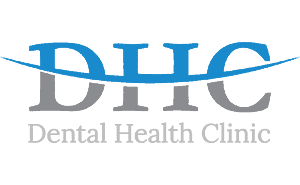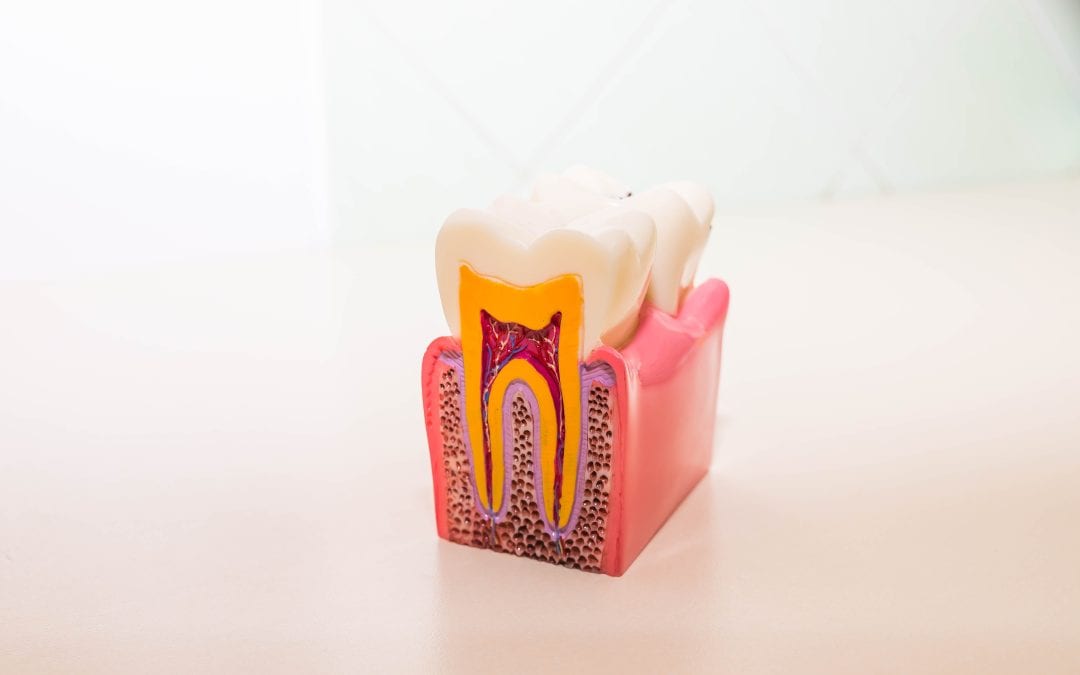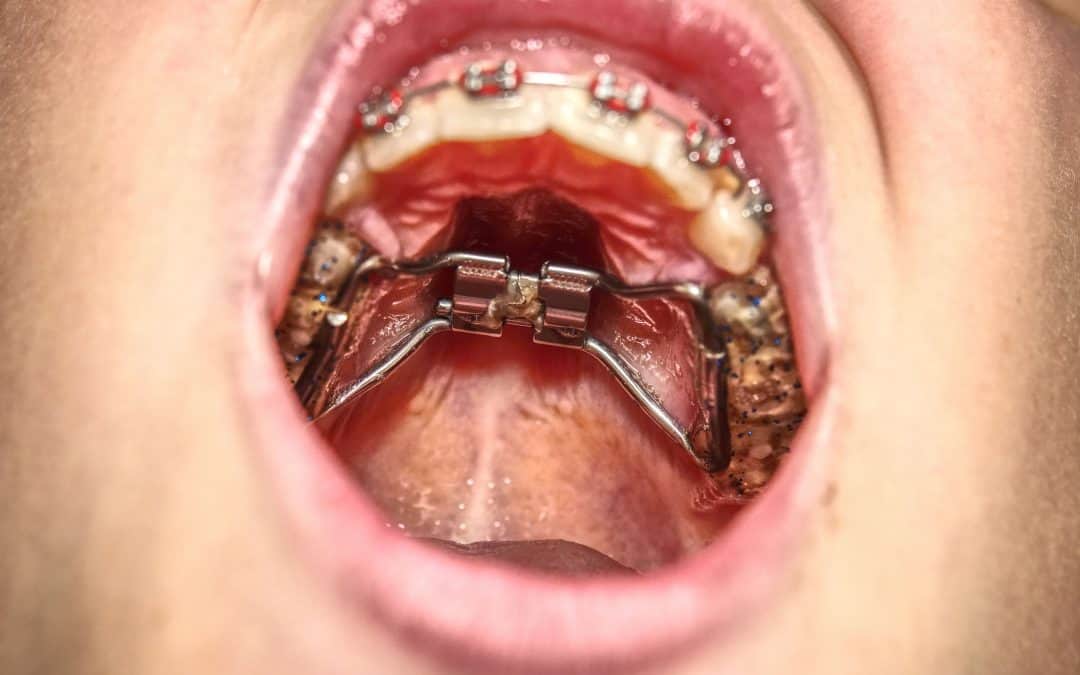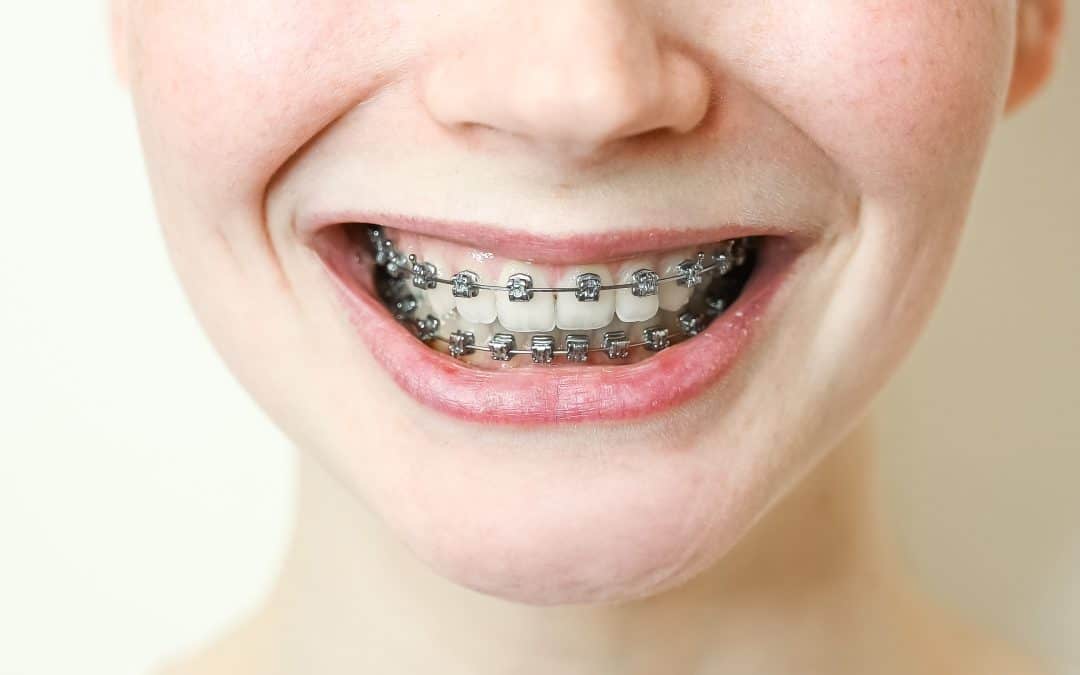A beautiful smile can boost our self-confidence, yet behind its surface lies an intricate world of oral health. Crossbites are like musical glitches in your dental ensemble; their effects go far beyond aesthetics alone – from chipped teeth to the delicate balance of jaw joints, we are about to embark on an expedition that explores all the intricate oral health intricacies related to crossbites. Join me on an exploration into crossbite treatments and much more. Here we go!
Crossbites may challenge your smile, but a dental expert can help align your world.
What is Crossbite?
Crossbites, in dental terms, refer to any misalignment where some or all of your upper teeth sit inside some or all of the lower teeth when biting down, impacting one or multiple teeth in your mouth. Crossbites can be further broken down into two categories: central Crossbite (where some upper teeth sit inside some lower teeth when you bite down) and offset Crossbite.
Types of Crossbite
Anterior Crossbite
It occurs when one or more upper front teeth rest behind the lower front teeth when the jaws are closed – creating an anatomical misalignment in frontal alignment.
Posterior Crossbite
In this condition, the upper back teeth fit inside or behind the lower back teeth to create an offset towards the rear of the mouth and an improper alignment in this region of the mouth.
These crossbite types affect children and adults and should be prioritized due to their potential to create dental and overall health complications.
Impact of Crossbite on Oral Health
Tooth Wear and Damage
One immediate consequence of having a crossbite is uneven wear and tear to your teeth, caused by misalignment between upper and lower teeth rubbing against each other in ways they weren’t designed to do, leading to chipped, fractured, or worn-down enamel over time.
Gum Recession
Crossbites can exert excessive pressure on the gums, leading to their recession. When this occurs, it exposes tooth roots, which become vulnerable to decay and sensitivity issues.
TMJ Disorders
The Temporomandibular Joint (TMJ) is essential in smooth jaw movement, enabling you to open and close your mouth without discomfort or difficulty. Crossbites can disrupt this natural alignment of the TMJ, potentially leading to Temporomandibular Disorders (TMD). TMD may lead to persistent jaw pain, headaches, and difficulty opening/closing your mouth.
Increased Risk of Tooth Decay
Crossbites make it more difficult to effectively clean their teeth, thus increasing their risk of tooth decay and gum disease. Food particles and bacteria can easily get trapped between spaces challenging to reach with regular brushing or flossing routines, increasing decay risks.
What Causes Crossbite?
Understanding the possible sources of Crossbite is vital to detect or resolve it quickly:
Genetics
Genetics can play a significant role in dental issues, including crossbites if your parents or grandparents had one, your chances of having one increase.
Habits during Childhood
Habits like thumb-sucking, pacifier use, and bottle feeding beyond infancy may wreak havoc with tooth alignment and lead to crossbites.
Dental Development
Uneven dental development, such as delayed tooth eruption or extra teeth, may contribute to crossbites.
Trauma or Injury
Accidents or injuries to the face and jaw may disorient teeth and create crossbites, altering their natural alignment.
Diagnosis and Treatment Options
Diagnosing a crossbite requires a comprehensive dental exam that includes X-rays and possible dental impressions before discussing appropriate treatment options with your dentist. Below are common treatment strategies for crossbites, along with their details:
Orthodontic Treatment
Orthodontic interventions are often the go-to choice for treating crossbites. Braces (both traditional and invisible) may be utilized to correct misalignments gradually; the specific approach will depend on the nature and severity of each Crossbite.
Traditional Braces
Traditional braces are one of the best crossbite treatment and have long been used as an effective solution to correct crossbites, using metal brackets and wires to position teeth into their proper places. Your orthodontist will make regular adjustments to ensure steady progress.
Invisalign
If you think I can Invisalign fix a crossbite, then yes. For discreet and flexible solutions, Invisalign may be an ideal option. It uses clear removable aligners that gradually shift your teeth over time; Invisalign has become popular with adults and teenagers due to its discreet appearance and convenience.
Rapid Maxillary Expansion (RME)
RME is often recommended as a treatment option for children suffering from posterior Crossbite, using a device that gently widens their upper jaw to correct it. RME works effectively because children’s bones tend to be more malleable than adult ones, making RME even more effective.
Tooth Extraction
Extractions may be necessary to create space for the remaining teeth to align correctly, typically when overcrowding contributes to crossbites.
Surgical Correction
Surgery may be required to reposition the jawbone to properly align the upper and lower teeth for severe crossbites that cannot be fixed through orthodontics alone.
Retainers
Following orthodontic treatment, retainers can help keep the corrected position of teeth intact and prevent relapse. Retainers are one of the top crossbite treatments that can either be removable or fixed (bonded), which is essential in providing long-lasting results.
Conclusion
What happens if a crossbite is not corrected? Crossbites can have severe ramifications for oral health and general well-being. However, early diagnosis and treatment can minimize their impact and restore your smile to its natural alignment.
Early treatment of crossbites can result in more positive outcomes and provide for healthier smiles – not to mention investment into oral healthcare as part of overall wellness. By understanding its complexities, solutions may become more apparent. If you suspect you or your child may have a crossbite, don’t delay in seeking advice from DHC, the best dental clinic.










